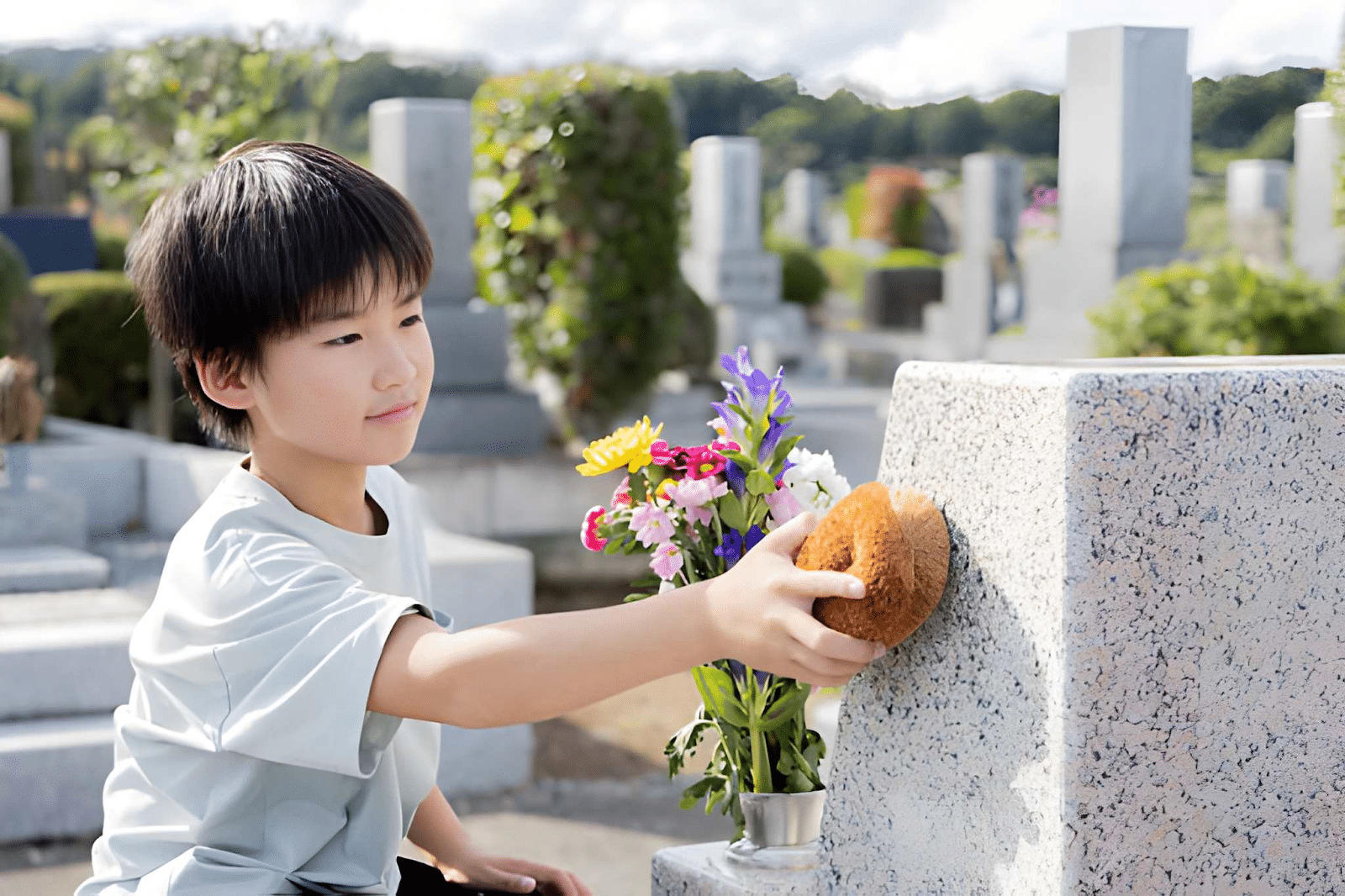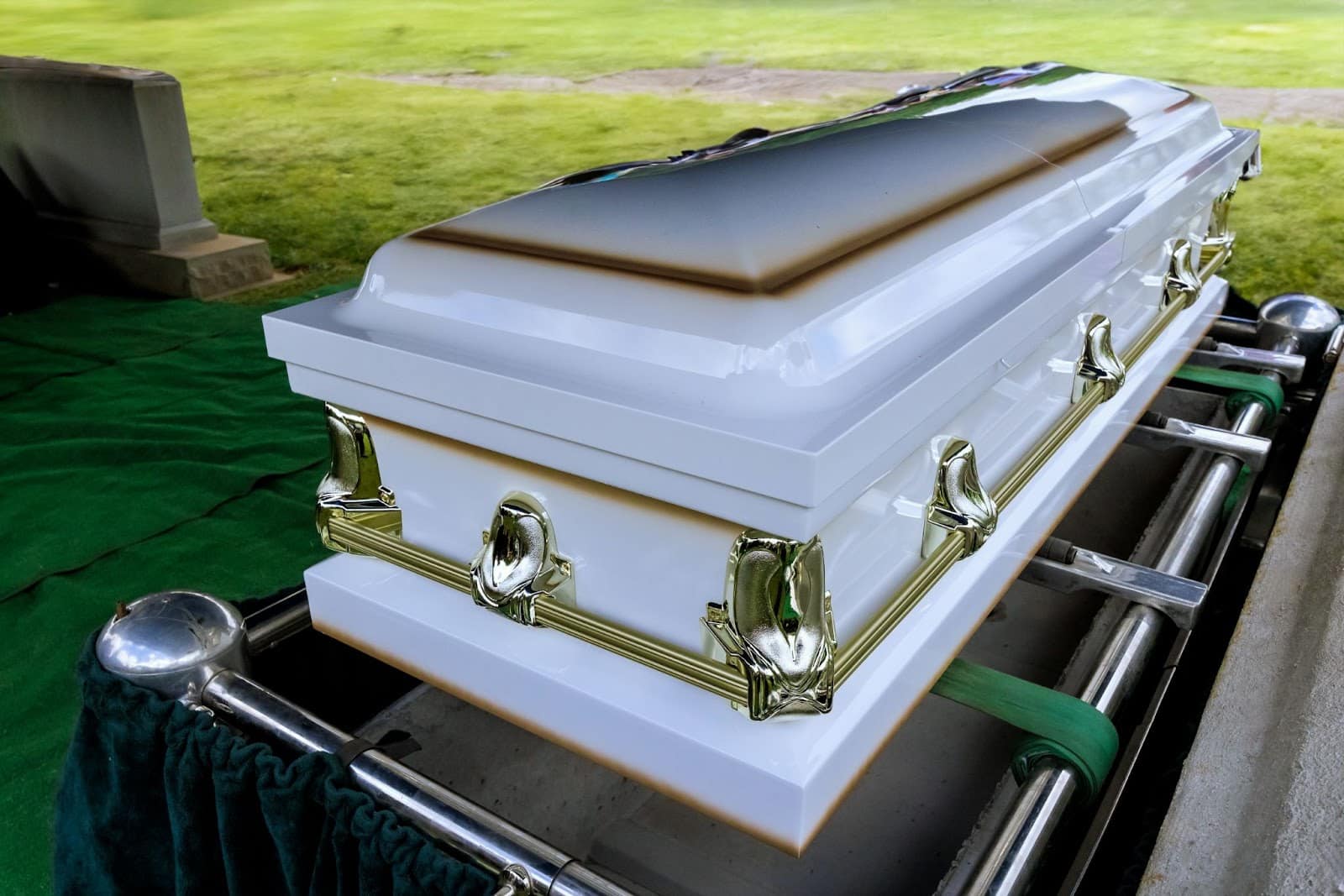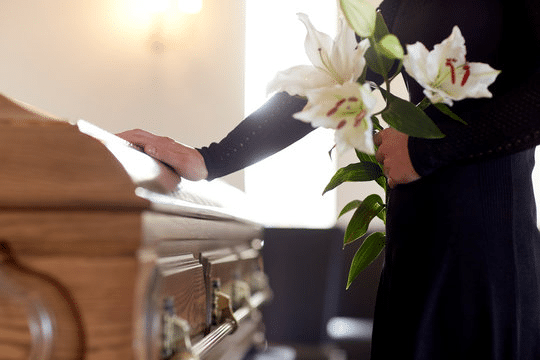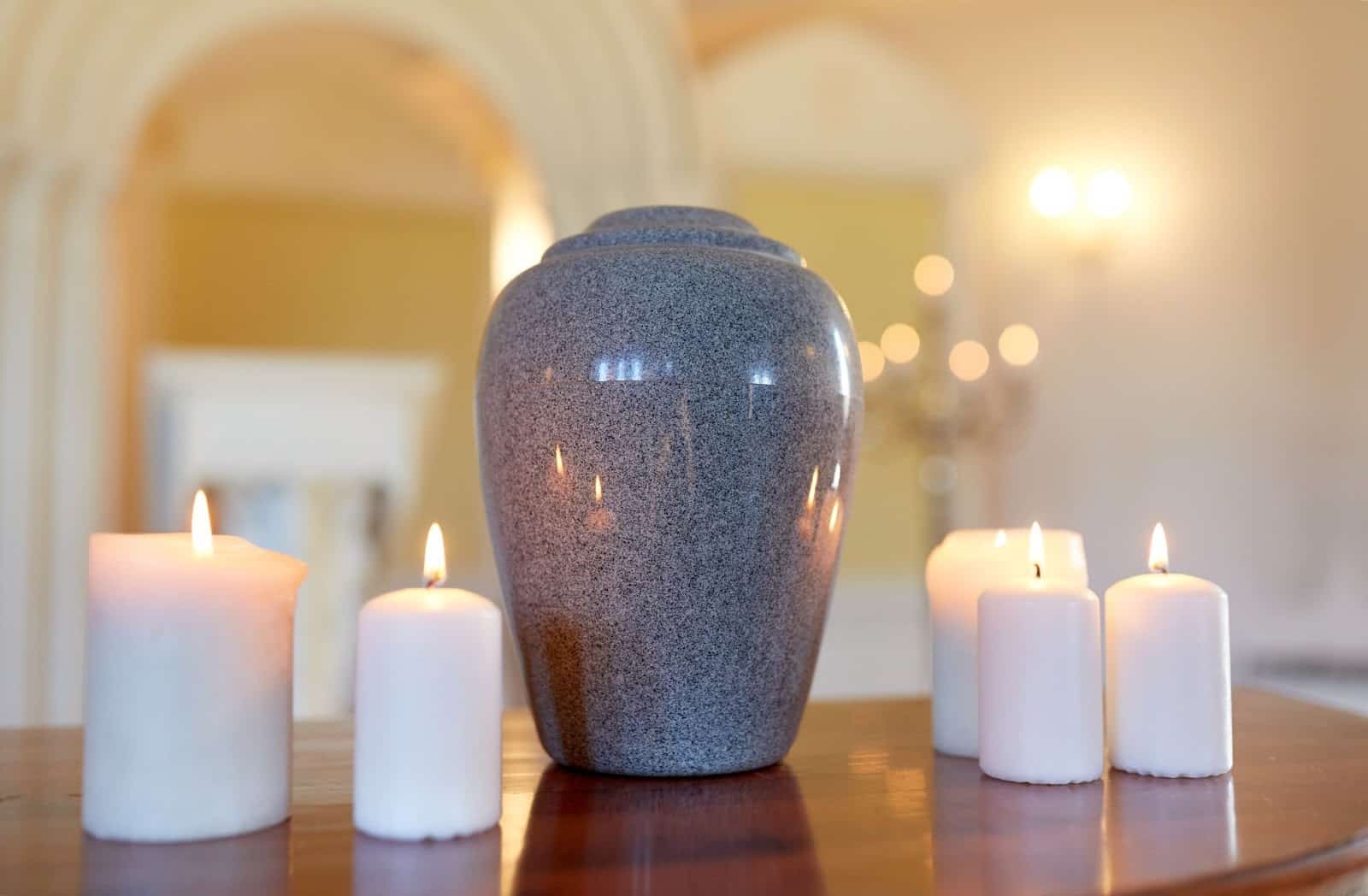The process of embalming the deceased before burial has long been a practice. The practice dates back to ancient times. The ancient Egyptians were one of the civilisations known to be masters of embalming. In those times, embalming was an expensive process. Hence, only the Egyptian elites were embalmed.
In modern times, the embalming process has been integrated in funeral service packages. Especially here in Singapore. Follow along to learn more about embalming and its process.
The Embalming Process
Embalming involves the process of preserving a deceased body. It is to slow down the natural decay process. This method lets people view the deceased at funerals or keeps them preserved longer.
Preservation is achieved through the injection of chemical solutions. These solutions disinfect and preserve the tissues. The chemicals used in embalming include formaldehyde, glutaraldehyde, methanol, and other solvents. The embalming process involves two main categories:
Surgical Embalming
Surgical embalming focuses on preserving the body through a series of procedural steps:
1. Sanitisation and Preparation
The embalmer begins by cleaning the body with a disinfectant solution. This is to reduce the risk of infection. The body is then positioned with limbs straightened and eyes and mouth closed. Often, embalmers will use eye caps and mouth formers to maintain a natural appearance.
2. Relieving Rigour Mortis
If the body is in rigour mortis (stiffening of the muscles after death), the embalmer will gently massage the muscles. Massaging helps to relieve the stiffness. Additionally, it also helps to achieve a more natural and flexible posture for the later steps.
3. Arterial Embalming
The embalmer selects a major artery and vein. These are the carotid artery and jugular vein in the neck, or the femoral artery and vein in the thigh. They make an incision to access the artery. Then proceed to insert an arterial tube connected to an embalming machine.
The machine pumps embalming fluid into the arterial system. Usually the fluid is a mixture of formaldehyde, water, and other chemicals. As the fluid circulates, it displaces blood and bodily fluids, which are drained through the connected vein.
4. Cavity Embalming
After arterial embalming, the embalmer performs cavity embalming. This is to treat the body cavities (thoracic, abdominal, and pelvic). Using a trocar (a long and hollow needle), the embalmer punctures the abdominal wall.
After that, the embalmer aspirates (sucks out) bodily fluids and gases from the cavities. The embalmer then injects cavity fluid (a stronger preservative) into the cavities. This ensures thorough disinfection and preservation.
5. Incision Closure
The embalmer closes the incisions made during arterial embalming using sutures (stitches) or special adhesives.
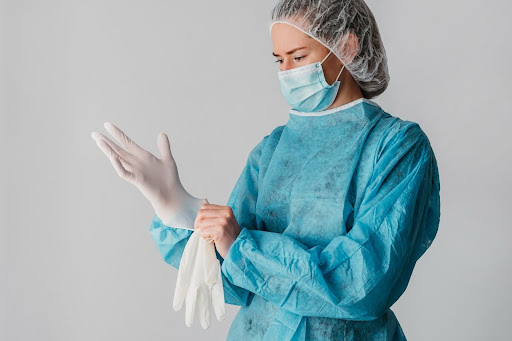
Cosmetic Embalming
Cosmetic embalming is concerned with the appearance of the body. This process ensures the deceased to look natural and presentable for viewing:
1. Body Grooming and Washing
The embalmer washes and shampoos the body. This step removes any residual chemicals and debris. They trim nails, shave facial hair (unless otherwise instructed), and may perform other grooming tasks.
2. Feature Setting
The embalmer sets facial features to create a restful and natural expression. This involves using eye caps to keep eyelids closed and mouth formers to shape the lips.
3. Application of Cosmetics
The embalmer applies makeup to the face, hands, and any exposed areas. Applying cosmetics restore colour and cover any blemishes or discolourations. Which are caused by illness or the embalming process. Special care is taken to match the deceased’s natural skin tone and to apply cosmetics in a way that appears lifelike.
4. Hair Styling
The embalmer styles the hair according to the family’s wishes or based on the deceased’s usual hairstyle. This can include washing, cutting, and setting the hair.
5. Dressing and Positioning
Finally, the embalmer dresses the body in the chosen clothing. The clothes are either chosen by the family or by the funeral parlour. The embalmers will then arrange the deceased in the casket. Ensuring they look like they’re in deep sleep and at peace.
The Importance of Embalming and Why it is Needed
Embalming serves several critical purposes, both practical and cultural. Hence, these purposes make it an essential practice in many societies. Here are some of the key reasons why embalming is important and needed:
1. Preservation of the Body
Embalming slows down the natural process of decomposition. Hence, allowing the body to be preserved for an extended period. This is particularly important in situations where the funeral can’t be held immediately or when the body needs to be transported over long distances.
Other than that, the embalming process helps to prevent rapid decay. The chemicals used in embalming help to preserve tissues. An example is formaldehyde. The chemicals kill bacteria and other microorganisms that contribute to decay.
2. Hygienic Considerations
Embalming disinfects the body, reducing the risk of spreading infectious diseases. This is crucial for protecting those who handle the body. Such as funeral directors, medical personnel, and family members.
Embalming also provides sanitary conditions. Embalming helps maintain a more sanitary environment during the viewing and funeral services. This is because it prevents the release of bodily fluids and gases.
3. Preparation for Viewing
Embalming includes procedures that restore a natural and lifelike appearance to the deceased. This involves setting facial features, using cosmetics, and grooming. This can be comforting to grieving families and friends.
Many cultures and religions have traditions that involve viewing the deceased. Embalming ensures that the body is presentable and respectful for these ceremonies.
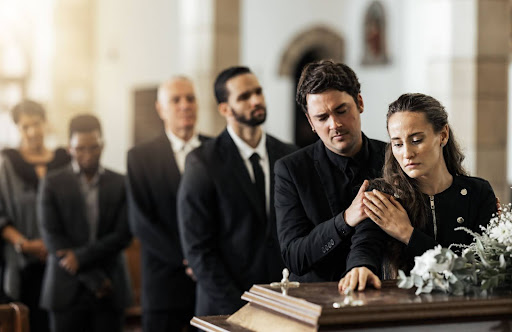
4. Extended Time for Mourning and Funeral Arrangements
Embalming allows for more flexibility in planning funeral services. Families can take the necessary time to gather relatives. Especially those who may need to travel from distant locations.
Other than that, embalming gives the chance for an open casket funeral. For many, having an open casket funeral is an important part of the grieving process. It offers a final opportunity to see and say goodbye to the deceased.
5. Transportation of the Deceased
Embalming is often required for the transportation of bodies across state lines or international borders. This ensures that the body remains preserved and in a condition that complies with health regulations.
6. Legal and Regulatory Requirements
In some jurisdictions, embalming is mandated by law for certain situations. Examples include when the body will be transported by air or when the burial is delayed.
7. Psychological Benefits for the Bereaved
Seeing the deceased in a restful and natural state can help family members and friends achieve a sense of closure and acceptance. Closure and acceptance is an important part of the grieving process.
Moreover, a well-preserved and presentable body can provide a comforting final memory. This aids in the emotional healing of those left behind.
The Duration of an Embalming Process
The duration of an embalming process can vary depending on several factors. These factors include the condition of the body, the extent of preservation required, and the specific techniques used by the embalmer. In general, embalming can take anywhere from one to three hours for a standard procedure. But, more complex cases or extra cosmetic work may extend the process.
Additionally, factors such as the skill and experience of the embalmer, the presence of any medical conditions or injuries in the deceased, and the overall efficiency of the process can also influence the duration. It is essential for embalmers to take the necessary time to ensure thorough preservation and presentation of the deceased. While also respecting cultural and religious preferences and legal requirements.
How Long Does The Embalming Effect Last?
In general, embalming is designed to delay the natural process of decomposition. It also preserves the body for a limited period. The time ranges from several days to several weeks. The embalming effect gradually decreases over time as the body continues to undergo natural changes.
Factors such as temperature, humidity, and the presence of moisture can affect the rate of decomposition and the duration of the embalming effect. In some cases, additional preservation techniques are used to prolong the preservation of the body. Such as refrigeration or sealed caskets.
In the long run, the embalming effect is not permanent. The body will ultimately go back to its original condition. The exact duration of the embalming effect can vary from case to case. It is influenced by various factors as mentioned earlier.

Is Embalming a Compulsory Process Before Funeral Rites?
Embalming is not always a compulsory process before funeral rites. Whether embalming is required or not depends on several factors. These factors include cultural, religious, legal, and personal preferences.
Hence, it is important for individuals and families to discuss their preferences with funeral directors. They should also make informed decisions based on their beliefs and circumstances.
Cultural and Religious Factors
Some religions or cultures may have specific practices regarding embalming. For example, in Islam and Judaism, embalming is generally discouraged or prohibited. Bodies are buried as soon as possible after death without embalming. In cultures where embalming is not traditionally practised, alternative methods of preservation or immediate burial is preferred.
Legal Requirements
In certain places, embalming might be mandatory by law in specific situations. Such as when the body will be transported across state lines or when there are public health concerns.
Personal Preferences
Family preferences and individual wishes play a significant role in determining whether embalming is performed. Some families may choose embalming for cosmetic reasons or to allow for an open casket viewing. Others may prefer a more natural burial without embalming.
Contagious Viruses or Diseases
In cases where the deceased has died from a contagious virus or disease, embalming is skipped or not recommended. This is to minimise the risk of transmission to funeral home staff, embalmers, and mourners.
Alternative methods of handling the body may be employed. Such as immediate burial or cremation. Strict infection control measures are followed to ensure the safety of those involved in handling the body and organising funeral arrangements. This includes the use of personal protective equipment (PPE) and disinfection protocols.
The Individuals Behind The Embalming Process in Singapore
In Singapore, the individuals responsible for the embalming process are licensed embalmers who work in funeral homes or mortuaries. These embalmers undergo specialised training and certification. So that they can perform safe and effective embalming procedures.
Licensed Embalmers
Licensed embalmers are professionals trained in the art and science of embalming. They are responsible for preparing the deceased for viewing and burial by preserving the body. In general, embalmers will restore the deceased person’s appearance and ensure compliance with health and safety regulations.
They work closely with funeral directors, medical professionals, and family members. Coordinating funeral arrangements and meeting the specific needs and preferences of the deceased and their loved ones.
Funeral Directors
Funeral directors oversee the overall funeral process. They may also be involved in embalming arrangements. Funeral directors liaise with families to make funeral arrangements, handle paperwork and permits, and coordinate with clergy or celebrants. They also provide support and guidance throughout the funeral planning process.
Medical Professionals
Medical professionals may also play a role in the embalming process. Such as forensic pathologists or medical examiners. Particularly in cases involving autopsies or forensic investigations. They provide expertise and guidance on handling the body. They may even assist with determining the cause of death and any relevant medical information.
Support Staff
Support staff in funeral homes and mortuaries may assist embalmers with various tasks. These tasks are mainly related to the embalming process. Including preparing equipment, cleaning and dressing the body, and transporting the deceased.

Care for The Deceased During The Embalming Process
The care for the deceased during the embalming process involves a series of respectful and meticulous procedures. These procedures are carried out by trained professionals. Here are the main aspects of caring for the deceased during the embalming process:
Respect and Dignity
The deceased is handled with utmost respect and dignity throughout the embalming process. Embalmers and funeral home staff ensure that the deceased is treated with care and sensitivity. Honouring their memory and the wishes of their loved ones.
Sanitation and Hygiene
Strict sanitation measures are followed during the embalming process. This is to ensure the safety of embalmers and other personnel involved. Personal protective equipment (PPE), including gloves, masks, and gowns, is worn to prevent the spread of infection and maintain hygiene standards.
Cultural and Religious Sensitivity
Embalmers and funeral home staff respect the cultural and religious beliefs of the deceased and their family. They accommodate specific requests and customs related to the embalming process. They ensure that religious and cultural practices are honoured and observed.
The Law of Embalming in Singapore
The embalming process in Singapore is regulated by various laws, regulations, and guidelines. Laws and regulations ensure that embalming is conducted safely, ethically, and in accordance with established standards.
There isn’t a specific law solely dedicated to embalming. But, several laws and regulations govern the funeral industry and the handling of human remains. Here are some key aspects of the legal framework related to embalming in Singapore:
Public Health and Environmental Laws
Environmental Public Health Act
This act regulates public health matters. It includes the handling and disposal of human remains to prevent the spread of disease and protect public health.
Public Health (Disposal of Dead Bodies) Regulations
These regulations specify requirements for the disposal of dead bodies. It includes embalming procedures, cremation, burial, and transportation of human remains.
Licensing and Accreditation
National Environment Agency (NEA)
The NEA oversees the licensing and regulation of funeral parlours and embalming facilities in Singapore. Funeral parlours must obtain licences to operate. Embalmers must also meet certain qualifications and training requirements.
Embalming Training and Certification
Embalmers in Singapore typically undergo specialised training and certification. This ensures that they perform safe and effective embalming procedures. Training programs may be accredited by relevant authorities to ensure compliance with standards.
Ethical Guidelines and Professional Standards
Code of Conduct for Funeral Directors
Funeral directors in Singapore must adhere to a code of conduct. They outline ethical practices. It includes respectful treatment of the deceased, transparency in funeral arrangements, and compliance with legal requirements.
Professional Standards for Embalmers
Embalmers must follow professional standards and guidelines. They are set by relevant professional bodies or associations. This is to ensure quality of care, hygiene, and safety during the embalming process.
Religious and Cultural Considerations
Respect for Religious and Cultural Practices
Funeral service providers in Singapore also respect the religious and cultural beliefs of the deceased and their families. Even though there are legal requirements and regulations governing embalming procedures. They accommodate specific requests and customs related to funeral rites. Including embalming practices, burial, and cremation.

Final Thoughts
To conclude, embalming is a delicate and intricate process. It preserves the body of the deceased, slowing down the decomposition process. Embalming gives the deceased a natural and presentable appearance before they are laid to eternal rest. It is also crucial as it enables the final viewing of the deceased before burial or cremation.
At Memorial Funeral, we strive to give you peace of mind when it comes to the embalming process of your loved one. Should you need any assistance or have questions about our embalming service, don’t hesitate to send us a message. Our team will serve you with full understanding and compassion.

